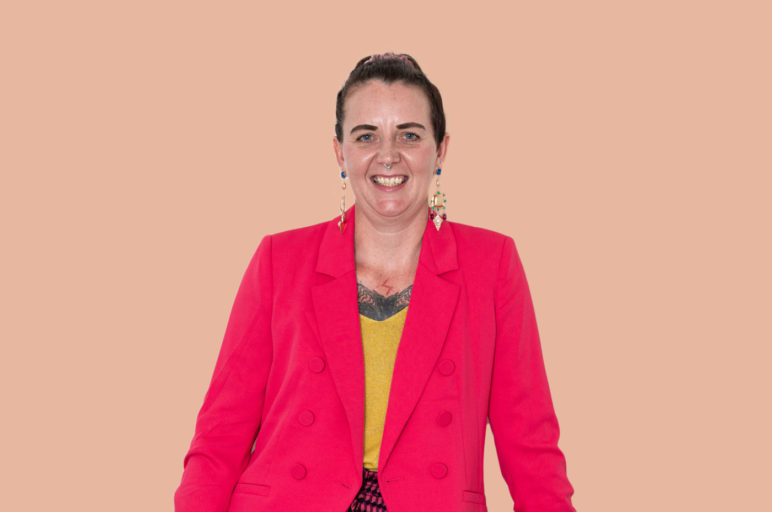Their rising popularity of exchange traded funds (ETFs) comes with an array of options and unique risks, which may seem daunting, especially if you’re just dipping your toes into the world of investment. That’s where Stockspot can help – as your go-to investing partner, we strive to help you understand the nitty-gritty of ETFs, regardless of your investing experience.
In the good old days, ETFs were straightforward; they followed big players in the market – major indices such as the S&P/ASX 200 or the S&P 500 in the U.S. However, things have changed a bit today.
The world of ETFs is no longer just about following these broad market indices. Many of the newer ETFs are now tracking smaller, more specialised indices, while some have completely stepped away from index tracking, known as Active ETFs.
In addition, the transparency of active ETFs, that is, how openly they reveal their underlying holdings, varies significantly. Here’s a more in-depth look at the four key factors you should consider when investing in ETFs:
1. Open-ended vs. closed-ended
Open-ended funds allow money to flow in and out, which helps maintain the ETF’s trading price close to its underlying asset values. In contrast, some listed products, like listed investment companies (LICs), can trade far from their underlying asset values, often at a discount.
This adds extra risk for investors. Therefore, it’s crucial to ask whether an investment product is open-ended or closed-ended.
2. Rules-based vs. manager’s call
Imagine you’re playing a game. In a rules-based game, everyone follows a clear set of guidelines. Similarly, rules-based ETFs track indices according to predetermined guidelines, aiming to mirror the long-term returns of the market. Then there are games where one player calls the shots. Some ETFs operate on a fund manager’s decisions rather than established rules.
Despite the appeal of personalised decision-making, these active ETFs can struggle to beat the market consistently. Furthermore, the extra costs associated with these funds can nibble away at the potential benefits. At Stockspot, we’re fans of playing by the rules tracking simple and well known indices.
3. Transparency
Just as you’d want to know what goes into the food you eat, it’s important to understand what you’re investing in. Some ETFs change their underlying holdings and don’t announce these changes daily, adding an element of mystery to your investment.
This lack of clarity can make it tricky for investors to stay updated on their investment’s specifics. Hence, it’s crucial to check out an ETF’s transparency level before you dive in.
“The world of ETFs is no longer just about following these broad market indices
4. Leverage and derivatives
These are advanced financial tools that some ETFs use to try and spice up their returns. ‘Leverage’ is essentially borrowed money, and ‘derivatives’ are financial contracts that derive their value from an underlying asset, and can involve agreements to buy or sell these assets at future dates. While these tools can boost gains, they also have a knack for magnifying losses.
They can increase costs and introduce another layer of risk, known as counterparty risk (the risk that the other party in a contract won’t fulfill their obligation). At Stockspot, we usually guide our investors to steer clear of such high-cost, high-risk strategies.
In short, when it comes to ETFs, Stockspot champions open-ended, rules-based funds that offer clear insights into their holdings and avoid the risky world of leverage and derivatives.
By keeping these four points at the forefront, you can navigate the potential risks of ETF investments and align yourself for steady, long-term growth. And remember, if the going gets tough, Stockspot is here to help. We’re committed to making investing as simple and straightforward as possible.




